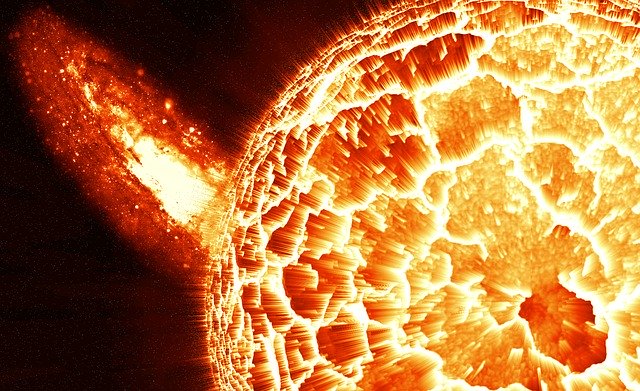This article by Adam Frank introduces to us the Spitzer Space Telescope, and the implications of its findings in our understanding of how planets and stars form.
The Spitzer shows to us that planets do not form in the same way. With every technology we create to discover how the universe is formed, new confounding discoveries are being made, many of which do not conform to the physical laws and assumptions we use in our exploration.
Implications for AI
While the rest of the modern sciences claim that they have discovered all there is to discover about nature, we see the opposite when it comes to astronomy and cosmology. Today, we still feel awe when faced with the reality of a universe too huge for the human mind to grasp. We are still challenged by the mysteries it pose. And though AI is being introduced to astronomy, most scientists in this field know that whatever model AI gives, it is nothing more than an assumption.
Hence, it is in the field of cosmology that we find the striving for real science - the openness to alternative possibilities, and the communal desire to understand for the sake of understanding.
It is all very symbolic. For if we wish to regain our sense of awe and wonder for the rest of creation, for our own humanity, we must look at it at a much bigger picture. We must try to find the universe within the human, for after all, we are the universe that has gained the capacity to know that it knows.
Read Original Article
Read Online
Click the button below if you wish to read the article on the website where it was originally published.

Read Offline
Click the button below if you wish to read the original article offline.
